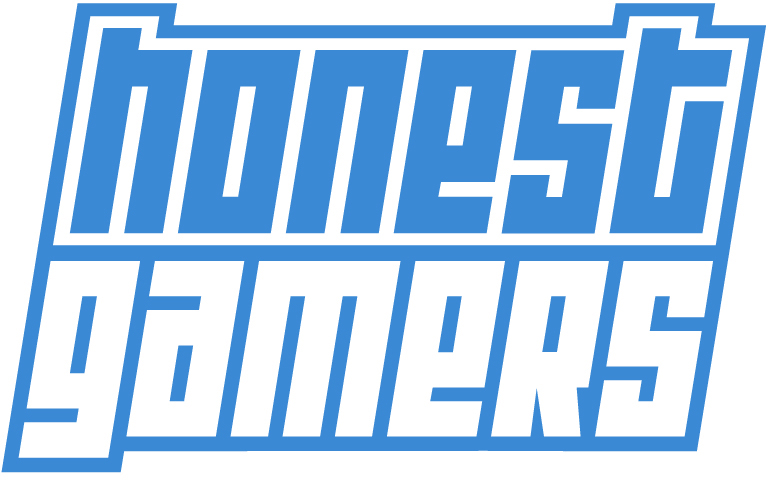Humanity has left the humble abode of Earth and successfully colonized the far reaches of space. One particular colony, Colony Number Nine, has sustained longstanding peace... until ALIENS started attacking! They've stormed the Queen's shrine, stolen her casket, and are now dooming the rest of the colony. However, standing in their way are two humans with a huge spiritual presence: Mary and Edgar. How would such a duo use their ethereal powers? No idea, because in-game they're just shooting everything with guns.
But enough about the English manual's wacky interpretation of the plot!
A reworking of Sega's 1986 arcade release, Quartet is a side-scrolling action title pitting the two mega powers against the ALIENS, as the manual eloquently refers to the invaders, across several vibrant backdrops. Whether it's the steely colony exterior with the blue starry sky of space in round one, or the red and yellow Chinese-inspired interior of round three, the game doesn't shy away from being colorful. There's also no shortage of oddball enemy designs, as you'll face against such menacing encounters like hopping black eyeball orbs, huge space amoebas, and giant floating red lips with eyeballs inside their mouths.


Each stage features an onslaught of enemies constantly getting in your face, mainly because they'll regenerate in their original spawn points mere seconds after you defeat them. In turn, this creates an atmosphere where you're constantly on guard and needing to be on the move, unless you want an enemy to ram into and stun you at an awkward spot. Thankfully, you won't lose a life immediately, due to the game's abstract health system. In every round you'll see a number in the upper corner, in the quadruple digits, steadily decreasing; this is your health. As long as this "meter" exists, you can get damaged by enemies without dying, with the downside being that a huge chunk gets taken out of the already-shrinking counter when hurt. Once it hits zero, you're in danger of perishing.
The actual rounds, while not necessarily unique, are interestingly-structured; at the very least, they keep things varied from round to round. The first round is your typical no-frills left-to-right path where you hop from normal platform to normal platform. Round three, on the other hand, immediately forces you to shoot through rock-like surfaces that are blocking your path, with several portions caging in enemies waiting to pounce. Also, every round after the first has a second room you typically need to explore to either reach an exit or defeat a boss for the key to said exit; they're usually vastly different from the first room, both visually and structurally, adding to the overall variety.
But, as you make way through each round, some may appear a tad too easy than others, with round four seemingly being the biggest outlier; when you begin this round, the locked exit is nearby, as well as another open door that immediately leads to the boss fight and key. Weird, yes, but everything becomes clear when you complete the fifth round and suddenly get sent back to a previous round: the game locks you out of the sixth round until you've collected five big yellow stars, with one placed somewhere in each round. Though to be fair, this is mentioned in the instructions, since this was in an era when precise or abstract objectives were only ever mentioned in a manual.


But knowing ahead of time doesn't make this objective any easier. Of the five rounds, only two rounds have stars that can be obtained in plain sight, with the other three requiring more inane methods for finding them. How bad can it get? It's... it's basically oldschool point & click levels of guessing where the solution is. In round three, you need to shoot at a specific vase's side, which happens to be beside a pit, meaning you need a jet pack. In round four, you have to destroy a specific number of enemies, then go to a different part of the area to see a star spawn. And then in round five, you have to shoot at a destructible wall near an entrance, in an area that's basically a destructible wall maze.
You're welcome.
Once the mystery of the stars have been solved, the game can easily be completed within a session or two after understanding enemy spawns. Unfortunately, the game doesn't loop with increased difficulty after the last round, meaning you're stuck with only the six brief, fundamental rounds each time you play. With that said, it ends up being a pretty straightforward side-scrolling action game that happens to be more well known for what the original does; in the arcade version you're able to play four-player co-op, which is where the name comes from, with a two-player cabinet variation brilliantly called Quartet 2. At the very least, the SMS port, which also have differing naming conventions between the English and Japanese versions, is gracious enough to allow two-player co-op with Mary and Edgar.
Quartet may not be one of the system's top titles, but you'll have a somewhat decent time, though it's highly recommended you play with a buddy to make the most out of the experience.
 |  |  |  |  |
Community review by dementedhut (July 16, 2025)
See you in two years for the next Double Dragon reboot. |
|
More Reviews by dementedhut [+]
|
|
If you enjoyed this Quartet review, you're encouraged to discuss it with the author and with other members of the site's community. If you don't already have an HonestGamers account, you can sign up for one in a snap. Thank you for reading!
User Help | Contact | Ethics | Sponsor Guide | Links






